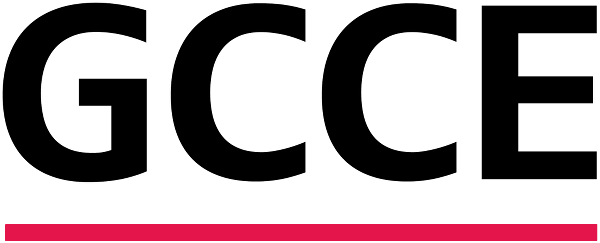Mechanics, Modeling and Simulation of Aortic Dissection
Researchers at the Graz Center of Computational Engineering (GCCE) have set themselves the goal in this lead project to uncover the cause and formation of different phases of aortic dissection. In medicine, aortic dissection (AD) refers to a splitting of the wall layers of the aorta, which is a potentially life-threatening condition. This project will develop new simulation techniques to aid in the diagnosis and treatment of AD using non-invasive methods. In addition, related topics are being investigated, such as the optimization of implants and stents, or the development of a better design for the artificial production of biological tissue.
For more information to this project, see TU Graz News and the Homepage of this project.
Funding: Graz University of Technology

